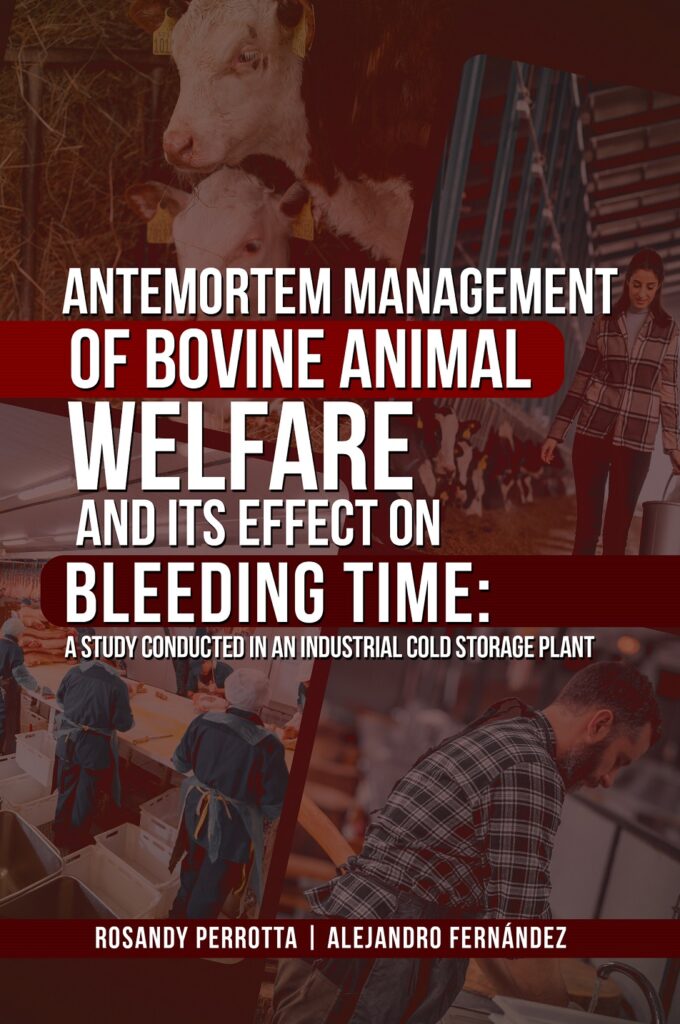
Ebook Kindle
The cultivation of the oil palm, originally from West Africa, dates back thousands of years. The first archaeological evidence indicates that the oil palm (Elaeis guineensis) was used by ancient civilizations, which already recognized its valuable properties. However, it was not until the 19th century, with the European colonial expansion, that the cultivation of the oil palm began to spread to other tropical regions of the world. During this period, it was introduced in Southeast Asia, where it found ideal climatic conditions for its development.
Throughout the 20th century, oil palm has established itself as one of the world’s most important crops, especially in countries such as Malaysia and Indonesia, which together produce more than 85% of global palm oil. The growing demand for palm oil, both for human consumption and industrial uses, has driven the expansion of plantations, making oil palm a key crop for emerging economies.
Today, Palm oil is the most produced and consumed vegetable oil in the world. Its versatility, low production cost and multiple applications in the food, cosmetics and energy industries have made it essential in the global economy. Oil palm cultivation generates millions of jobs, especially in tropical regions of Asia, Africa, and Latin America, where it is a driving force of economic development
Ebook Kindle
To evaluate the antemortem animal welfare (AW) guidelines at Frigorífico Industrial Santa Bárbara S. A. (FIBASA) and their effect on the bleeding time of bovine carcasses, a descriptive non-experimental field research was conducted. For this purpose, an instrument containing the items referred to the animal welfare guidelines of Grandin and the American Meat Institute (2010) was applied. This instrument made it possible to obtain the results for this research, which were processed in relative frequency distribution tables and summary tables and graphs were designed. When evaluating the results, it was determined that the lack of application of the animal welfare guidelines does influence bleeding time, since the standard according to the Animal Health Association (HSA, 2006) should be 30 seconds, and the results of this work were 2 minutes and 71 seconds. It was concluded to accept the alternative hypothesis that states that the lack of application of antemortem animal welfare guidelines in an industrial cold storage plant produces changes in the bleeding time in the cattle slaughtered; indicating that there is a total lack of knowledge about these guidelines, therefore it is recommended to promote and motivate agricultural universities to create norms and procedures that cover all the criteria established internationally for animal welfare, as well as the training of technical personnel and workers in industrial cold storage plants.

